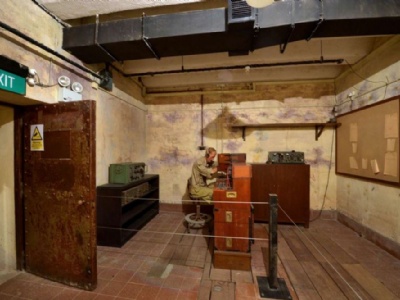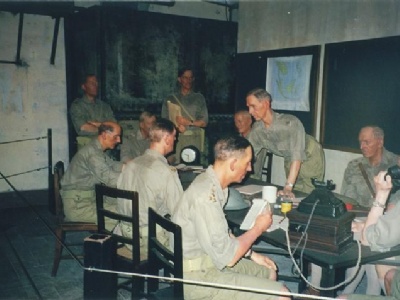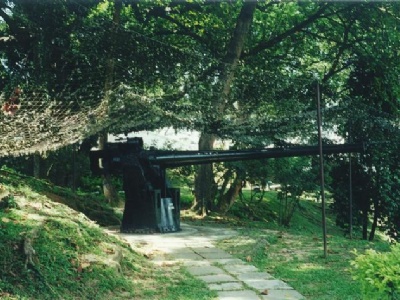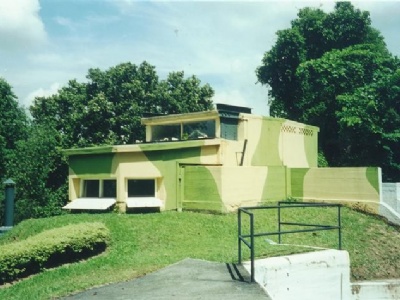Singapore
The Japanese attack on the British colony of Singapore was linked to a series of other dramatic events in late 1941. It all started with the Japanese attack on the American naval base Pearl Harbor in Hawaii, December 7. On the same day, the Japanese also attacked the islands of Wake and Guam and Hong Kong, Thailand and Malaysia. The Reason for the Japanese aggression was embargoes that severely threatened the resources needed to supply the Japanese army and thus Japan’s ambitions to dominate the Far East and its natural resources.
From Malaysia, Japanese forces advanced rapidly south towards the British colony of Singapore. A British stronghold that Churchill called the ’Gibraltar of the East’ and considered impregnable. But already in December 1941, Japanese aircraft had bombed the city to cripple its infrastructure and military fortifications. British defenses were mainly concentrated to meet an attack from the sea and not from Malaysia in the north. The British defenses, numbering about 85 000 men, were largely made up of colonial forces and were led by Lieutenant General Arthur Ernest Percival. Percival led the defense of Singapore from a bunker (Battle Box) at Fort Canning. The Japanese forces were led by General Tomoyuki Yamashita and consisted of about 35 000 men.
The Japanese attack on Singapore began on February 8, 1942 with a massive artillery strike at Sarimbun Beach in northern Singapore against the Australian defenders. The aim was to knock out the defense and then carry out a landing from the Malaysian side over to Singapore. For about a week there was fierce fighting and the British defenders had to pull back and also began to run out of supplies in the form of ammunition, but especially water and food. As well as fighting on the ground, there was also fighting in the air and in the waters around Singapore. The Japanese also committed war crimes against the civilian population, including the massacre of a hospital in the city.
By February 15, the situation had become so difficult for the British that it was no longer possible to continue fighting and surrender was the only option. General Yamashita received his British counterpart Percival to sign the surrender. The British forces disarmed themselves and then surrendered to the Japanese forces, facing an uncertain future as prisoners of war. British casualties amounted about 5000 dead and about 80 000 captured. Japanese losses amounted about 1700 dead. This was followed by a Japanese occupation of Singapore that lasted until mid-September 1945. For the British, the loss of Singapore was the biggest military defeat they had so far experienced.
Current status: Partly razed/preserved with museums/monuments (1999).
Address: 2 Cox Terrace, Singapore, 179622 (Fort Canning).
Get there: Metro to Fort Canning Station.
Follow up in books: Warren, Alan: Britain’s Greatest Defeat: Singapore 1942 (2007).






Singapore has a lot to offer for those interested in the Second World War. From museums, monuments, bunkers and batteries, they are easily accessible by public transport. Unlike many other theaters of war in the Far East, it is easy to travel to Singapore from basically any major airport in Europe. The disadvantage may well be that it takes about 12 hours to fly, but once you land in Singapore, everything is within a limited and accessible geographical area.
When I was there in 1999 it was together with my then partner and Singapore was part of a larger tour in Asia. For obvious reasons, I had to take into considerstion that my partner did not fully shared my interest for WW2. Therefore I had to be selective about what I really wanted to see (and knew about) and skip things that I didn’t prioritized at the time. Because of this, I could only visit Fort Siloso (Coastal Battery), Fort Canning (Percival’s Command Bunker) and Kranji War Memorial (War Cemetery). Since 1999, more museums and monuments dedicated to the Second World War have arosed, making it worthwhile to go back and explore Singapore in its entirety at some point.